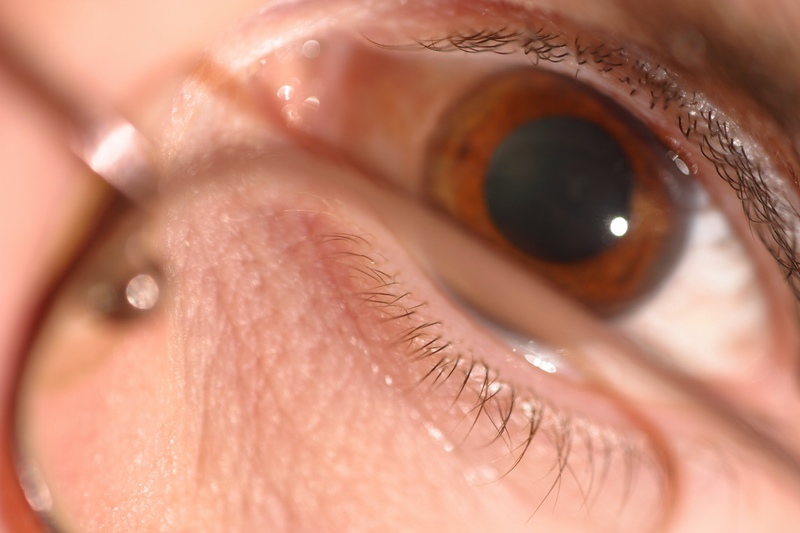
FRIDAY, Feb. 19 (HealthDay News) — Chickens and other birds have a better ability to see color than humans, a new study finds.
U.S. scientists mapped five types of light receptors in the chicken’s eye and found that the receptors are arranged in interwoven patterns that maximize the bird’s ability to see many colors in any part of the retina, the light-sensing structure at the back of the eye.
The findings were published recently in the journal PLoS One.
“Based on this analysis, birds have clearly one-upped us in several ways in terms of color vision. Color receptor organization in the chicken retina greatly exceeds that seen in most other retinas and certainly that in most mammalian retinas,” study senior author Dr. Joseph C. Corbo, an assistant professor of pathology and immunology and of genetics at Washington University School of Medicine in St. Louis, said in a news release from the school.
The superior color vision in birds is likely because they didn’t have to spend a lot of time in the dark during their evolution. In contrast, most mammals were nocturnal for millions of years. Daytime vision relies on light receptors called cones, while night vision relies on receptors called rods. Birds have more types of cones than mammals.
“The human retina has cones sensitive to red, blue and green wavelengths,” Corbo said. “Avian retinas also have a cone that can detect violet wavelengths, including some ultraviolet, and a specialized receptor called a double cone that we believe helps them detect motion.”
Learning more about how color receptors are organized could help lead to new treatments for the nearly 200 genetic disorders that cause various forms of blindness in humans.
“Many of the inherited conditions that cause blindness in humans affect cones and rods, and it will be interesting to see if what we learn of the organization of the chicken’s retina will help us better understand and repair such problems in the human eye,” Corbo said.
More information
The American Optometric Association explains why some people have color vision deficiency.

